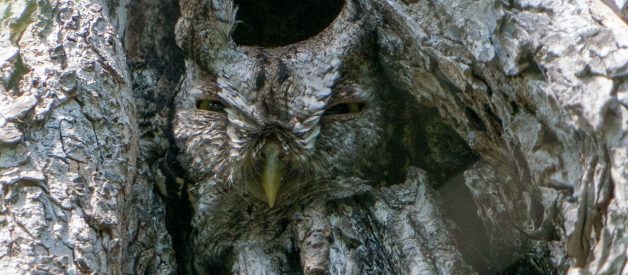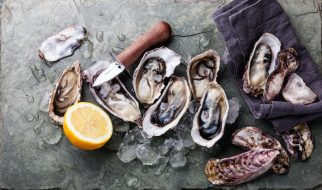For wild animals, April Fool?s isn?t a one day event. While the act of pranking in the human world may be seen as all in good fun, some animal species ?prank? each other as a way of survival and they do so in several different ways. Pranking in the animal world is done most often with camouflage, which can be characterized as two main forms, crypsis or mimicry. We?re highlighting some animals that regularly fool us (and one another).
Let us present to you just a few of the ultimate pranksters of the animal kingdom and a few of the ways they fool us.
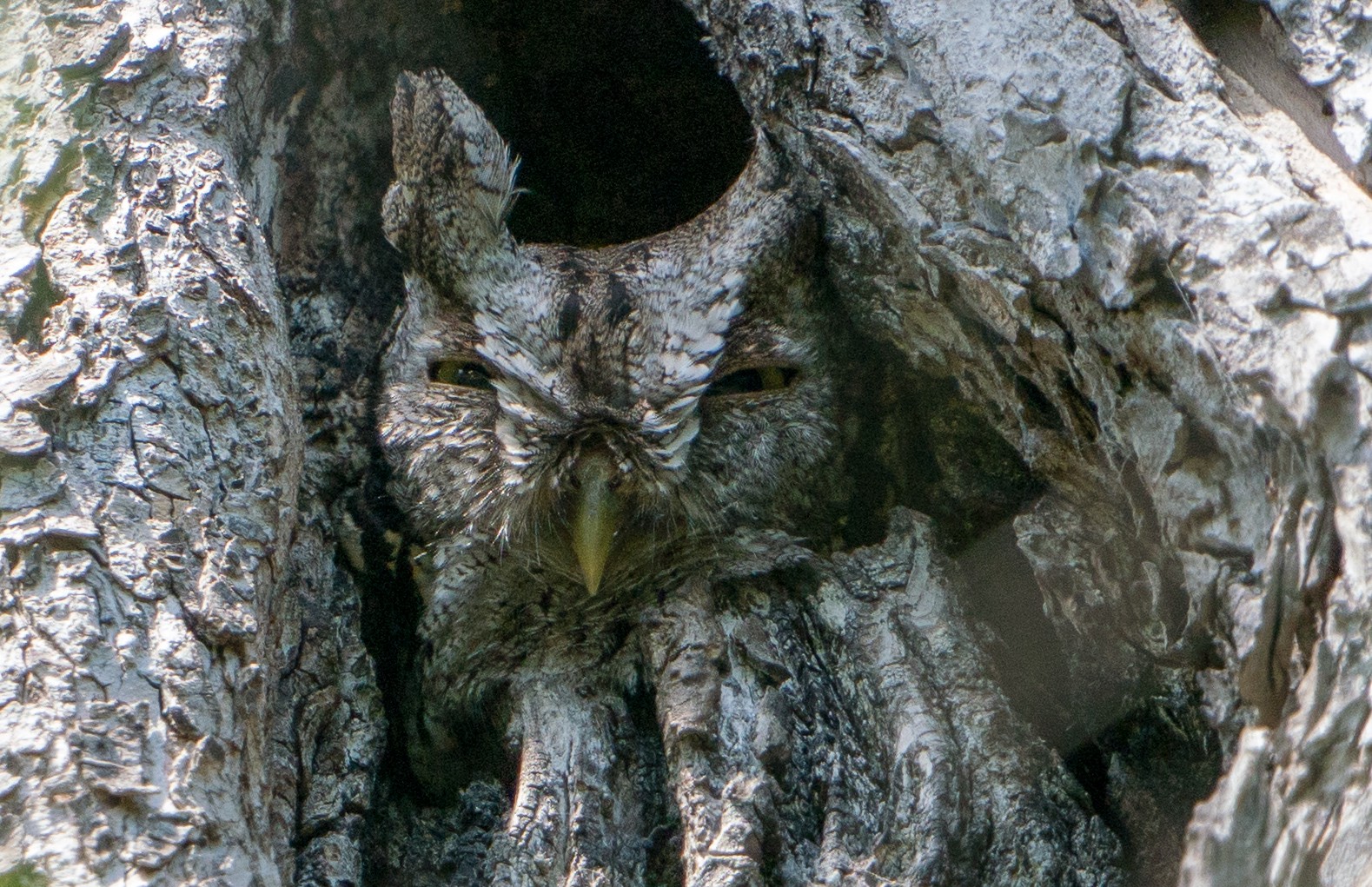 Screech owl at Santa Ana National Wildlife Refuge by Danielle Brigida/USFWS
Screech owl at Santa Ana National Wildlife Refuge by Danielle Brigida/USFWS
Fooling Us With Camouflage
There are so many species that survive by working to go unnoticed. They mask their bodies, their noises, and even their smell. The animals that use these tactics are applying what biologists call ?crypsis,? and it?s the animals that use crypsis that can hide in plain sight. We feel so fooled!

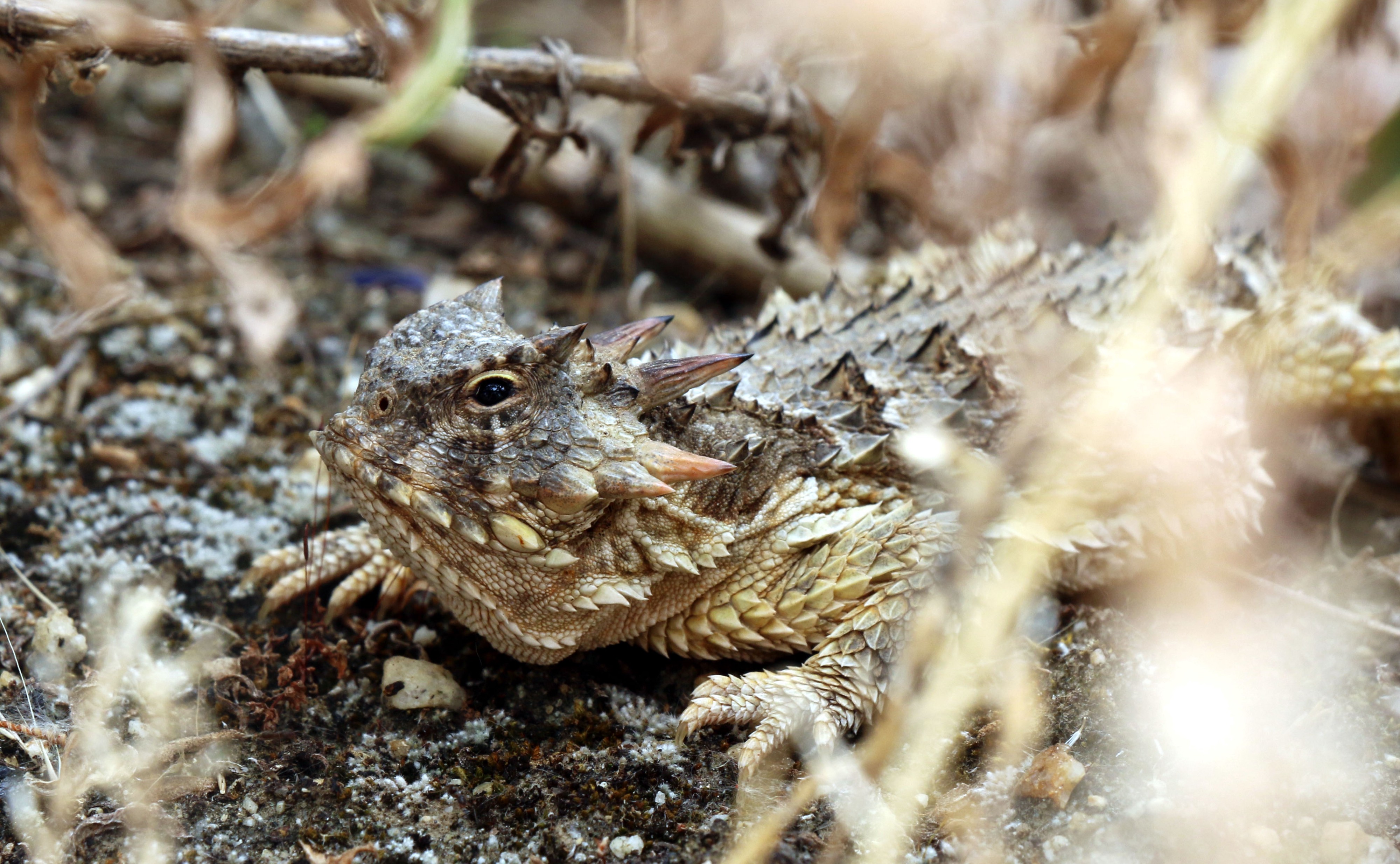 Look closely! This riparian brush rabbit was hiding in plain sight on the San Joaquin River National Wildlife Refuge. || Right: Coastal horned lizard by Joanna Gilkeson/USFWS.
Look closely! This riparian brush rabbit was hiding in plain sight on the San Joaquin River National Wildlife Refuge. || Right: Coastal horned lizard by Joanna Gilkeson/USFWS.
Something?s definitely fishy!
Fish are masters at blending in with their surroundings. They will fool us with their coloring from above and below with their impressive crypsis.
In freshwater, juvenile trout have ?parr? marks along their sides which help them camouflage. Adults have spots.
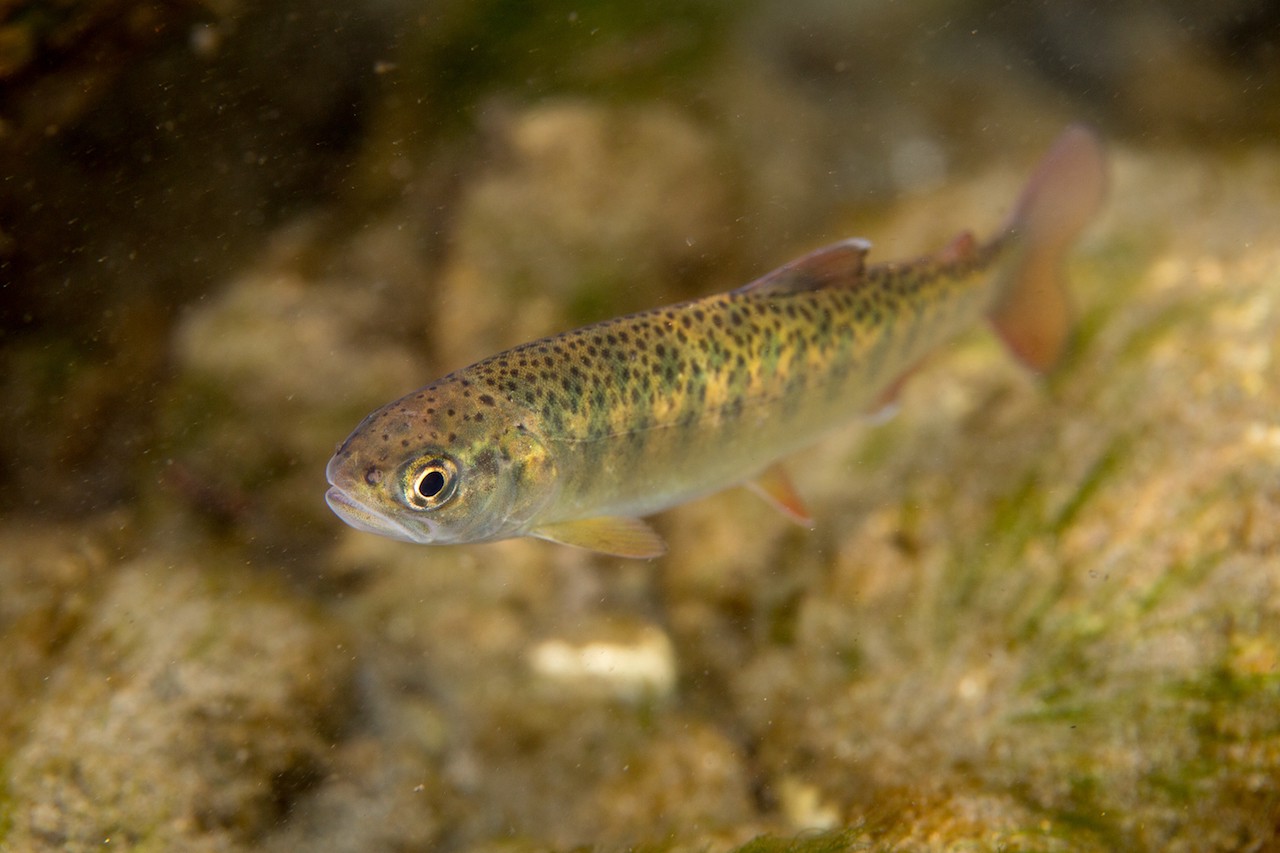
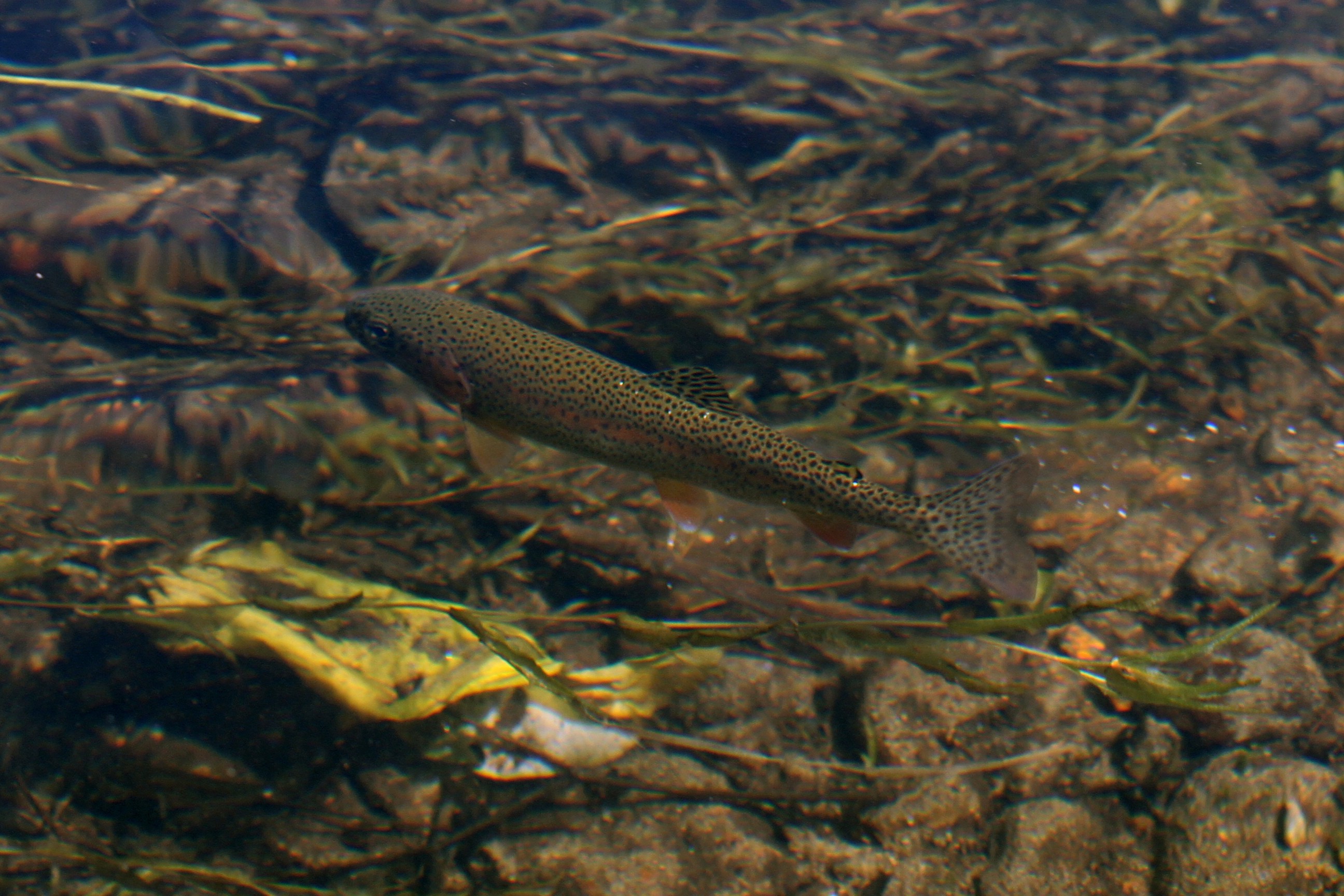 Left: Juvenile Rainbow Trout by Ryan Hagerty/USFWS. || Right: Adult Rainbow Trout by Katrina Leibich/USFWS
Left: Juvenile Rainbow Trout by Ryan Hagerty/USFWS. || Right: Adult Rainbow Trout by Katrina Leibich/USFWS
Now for a harder one?
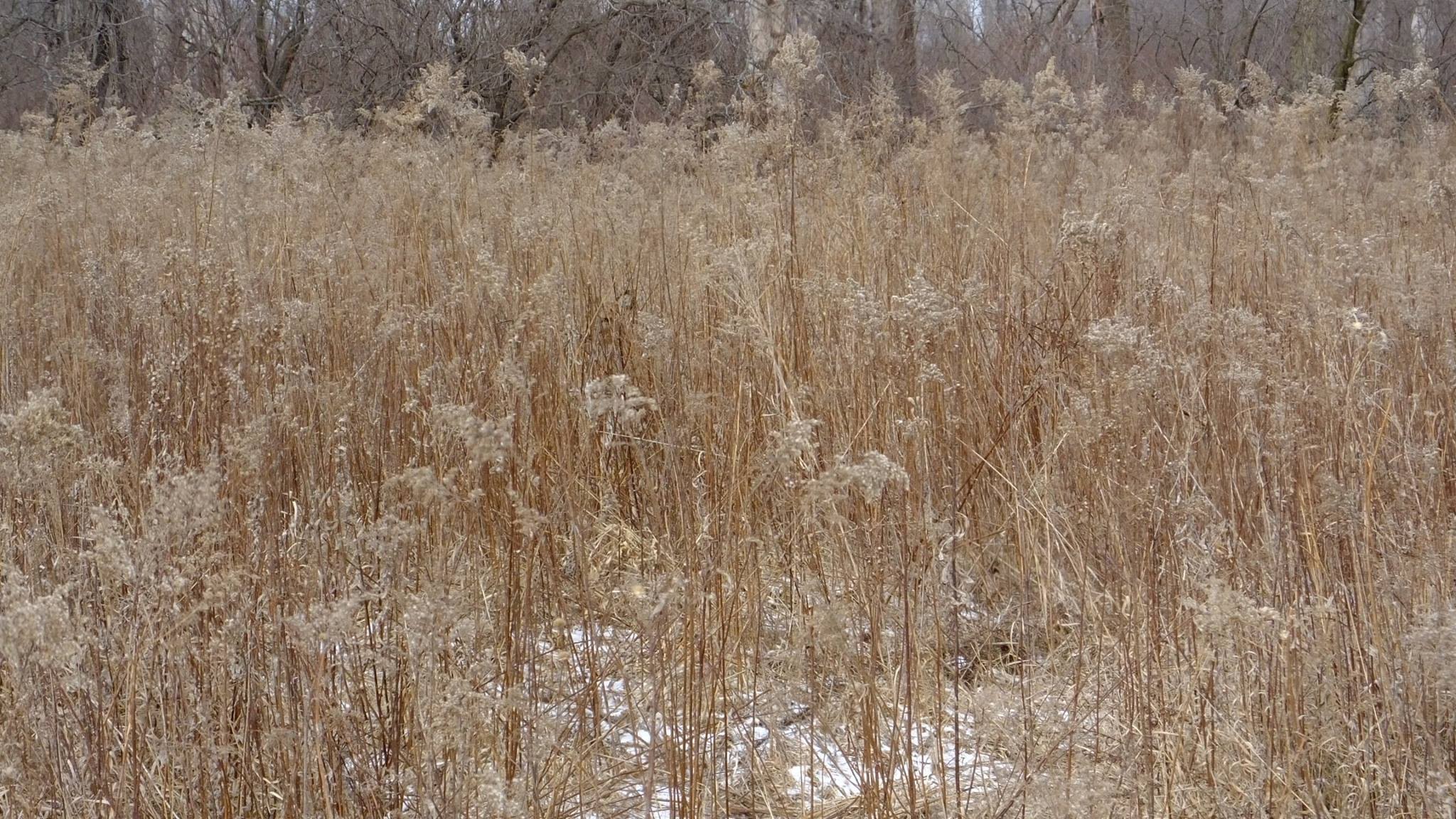 Can you spot the deer hiding? Photo by Peter Rea/USFWS
Can you spot the deer hiding? Photo by Peter Rea/USFWS
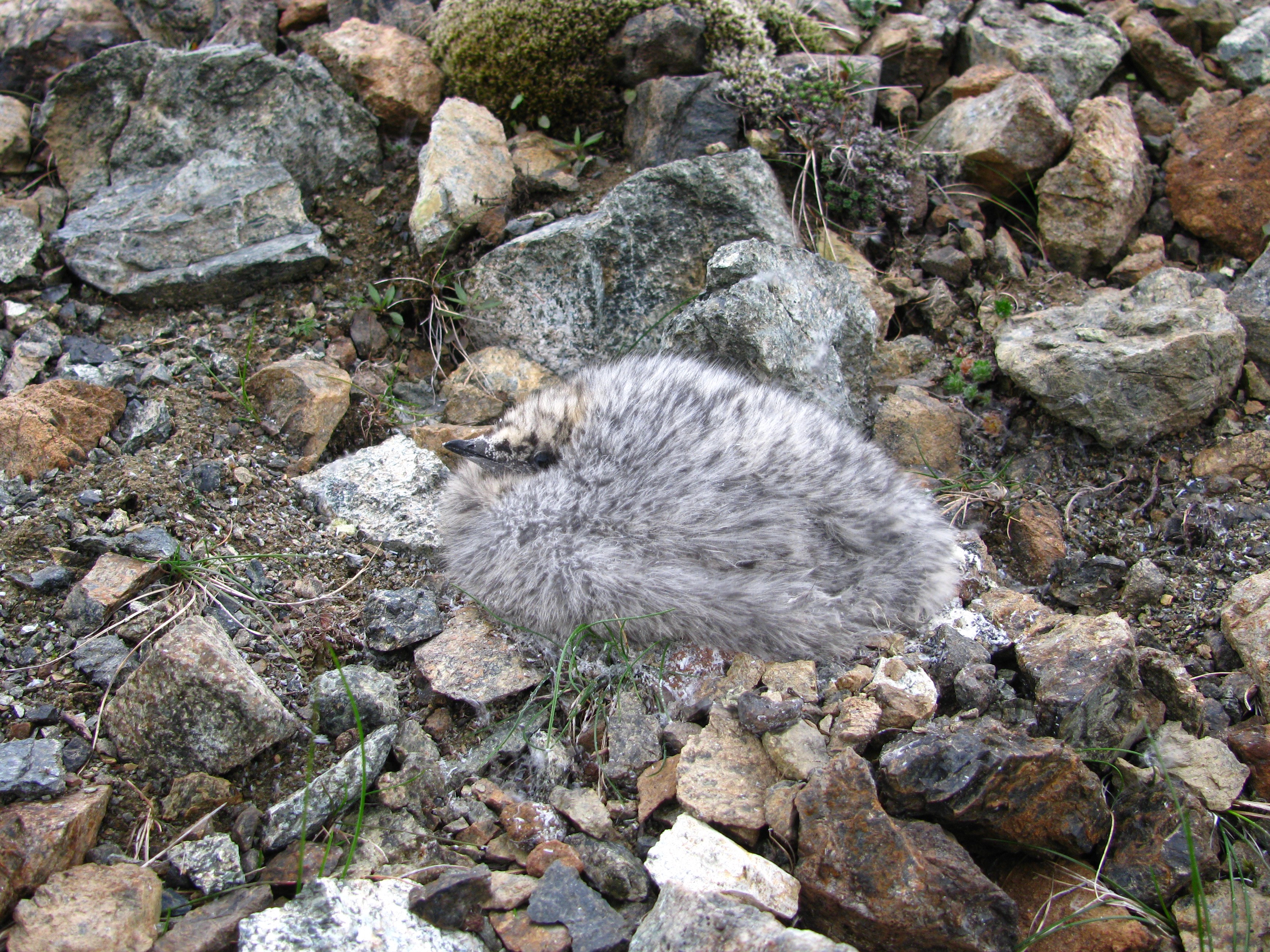
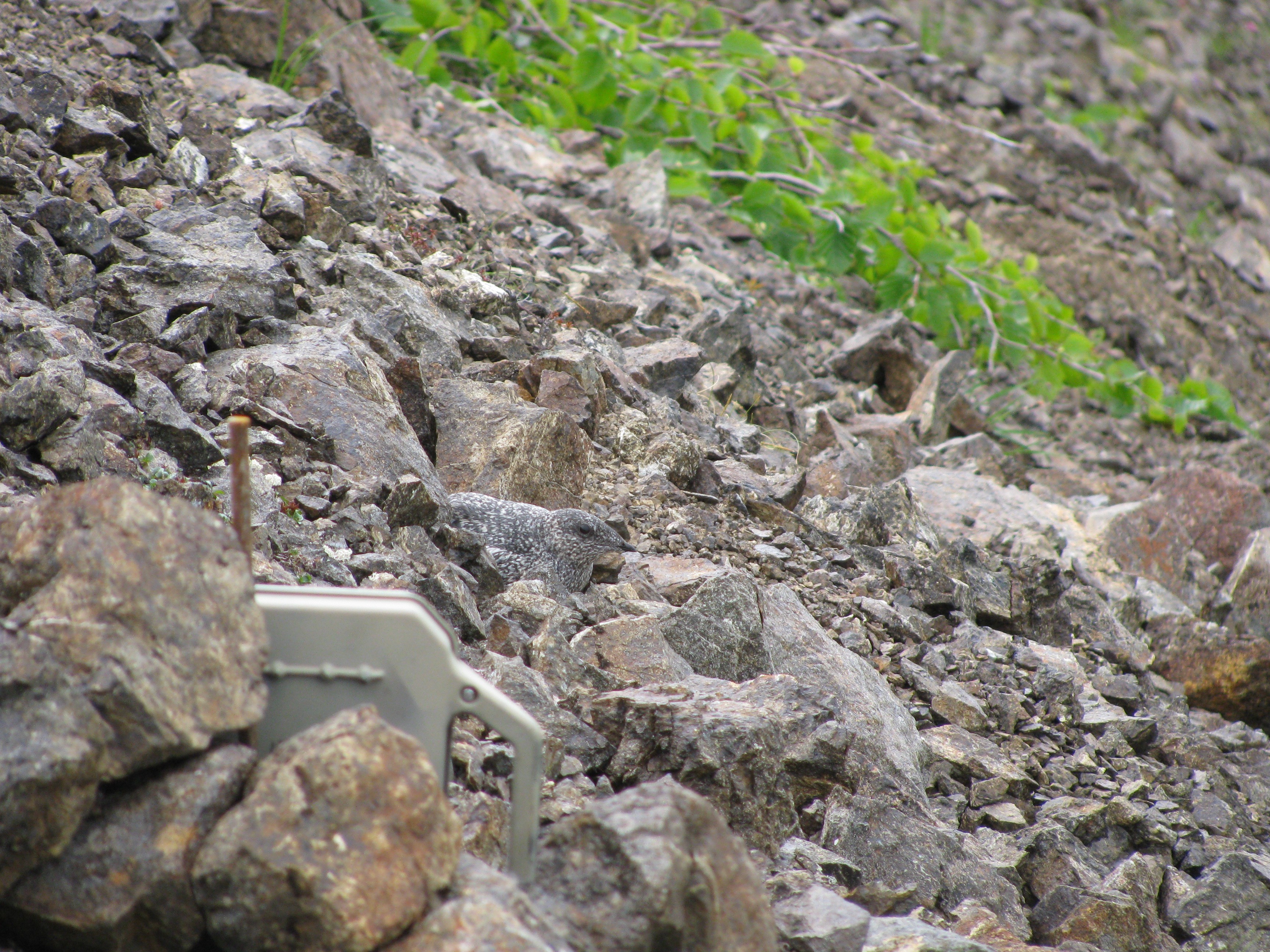 The Kittlitz?s murrelet (KIMU) is one of the rarest and least known seabirds in the world with some fascinating nesting stories. Can you find the egg, baby, and adult?
The Kittlitz?s murrelet (KIMU) is one of the rarest and least known seabirds in the world with some fascinating nesting stories. Can you find the egg, baby, and adult?
Fooling Us With Mimicry
When animals aren?t fooling us with crypsis, they?re being sneaky mimicking one another! Below are just a few examples of how wildlife mimic to deceive and survive.
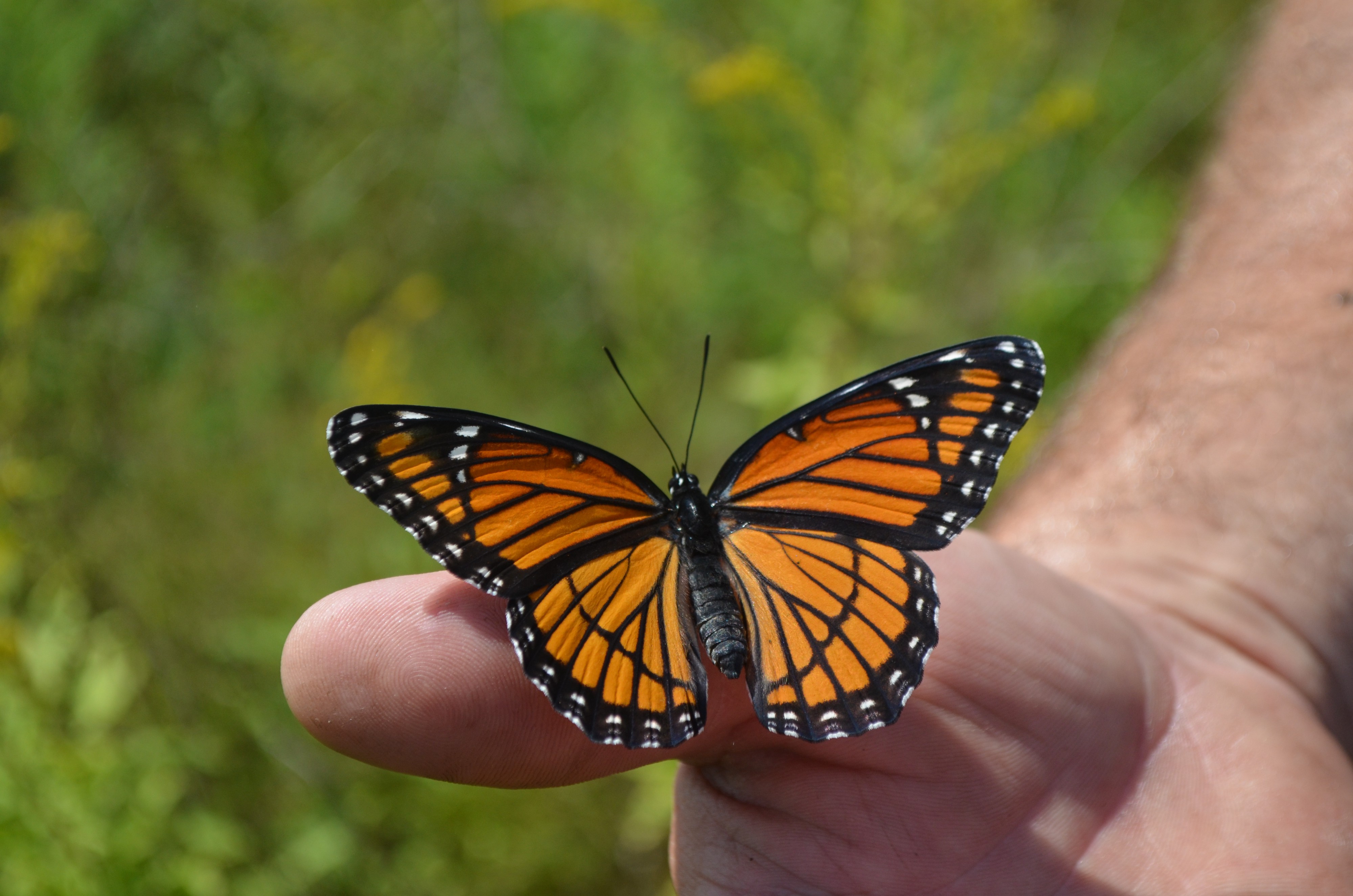 Viceroy butterfly by Alejandro Morales/USFWS
Viceroy butterfly by Alejandro Morales/USFWS
Batesian vs. Mllerian mimicry
Is that a monarch? Look again! The viceroy butterfly is a butterfly species that employs Mllerian mimicry. This is when two toxic species co-evolve to look similar and share protection. Their similarities essentially scream, ?Hey I?m poisonous!? to predators. The easiest way to tell these two apart is to look for the horizontal band on the bottom of the viceroy?s wings.
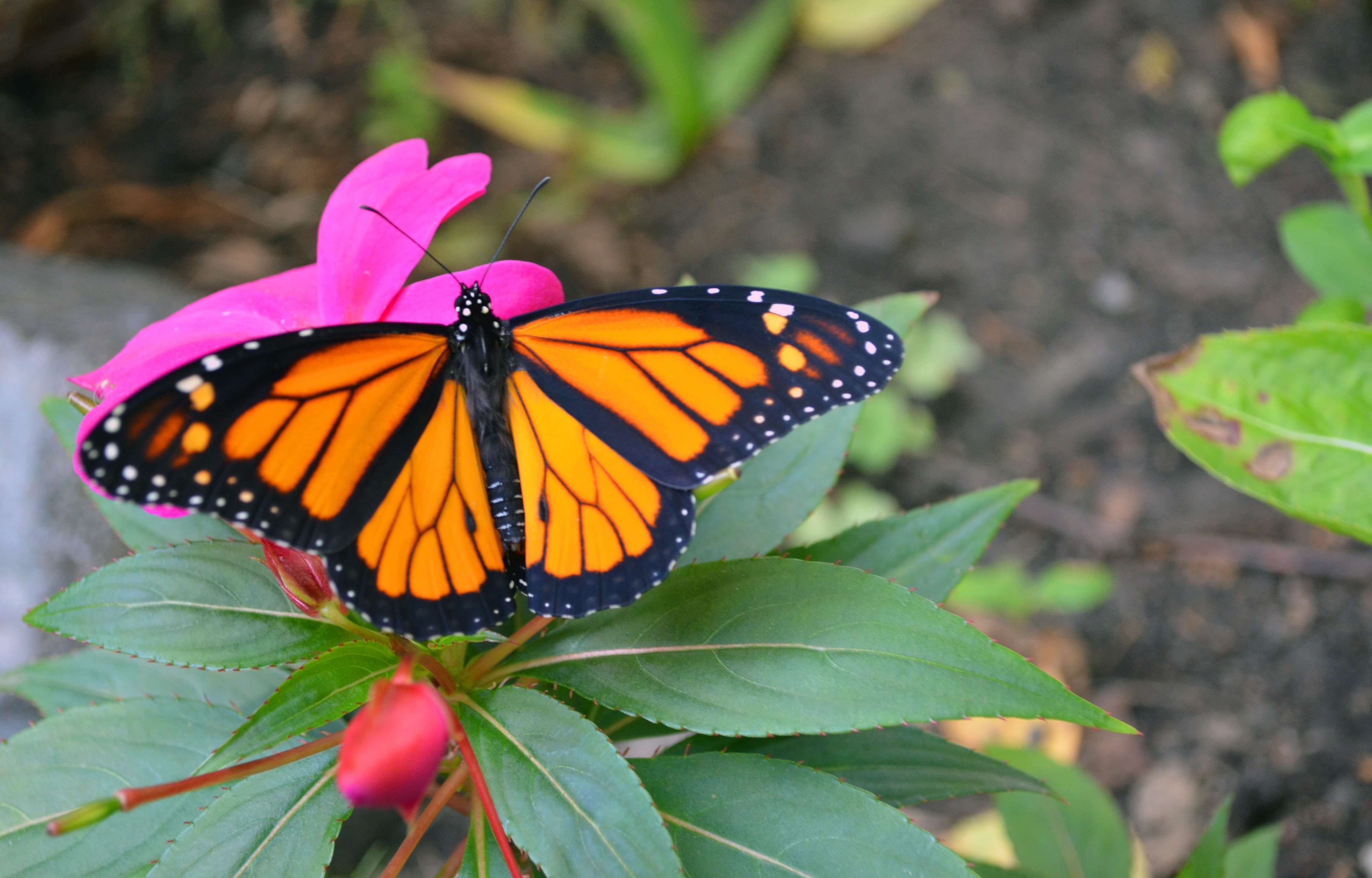 Monarch butterfly by Joanna Gilkeson/USFWS
Monarch butterfly by Joanna Gilkeson/USFWS
While monarchs feed on milkweed to gain some toxins in their bodies to ward off predators, adult viceroys get noxious salicylic acid from trees in the willow family. Some predators learn to avoid them because they taste bad, and so place the whole group of butterfly lookalikes on the ?do not eat? list, according to biologist Lara Drizd from the Ventura Fish and Wildlife Office.
Now that we know animals have the ability to mimic each other, brace yourself for the Batesian mimics! Batesian mimicry is biological trickery that consists of two elements, the model who?s toxic and the mimic who?s harmless. Similar to Mllerian mimics, the model has aposematic coloration (aka warning colors) and noxious chemicals; however, the mimic in this case is is neither poisonous nor venomous but has adapted to have similar warning coloration as the model. When predators see them, they tend to avoid the mimics and get duped!
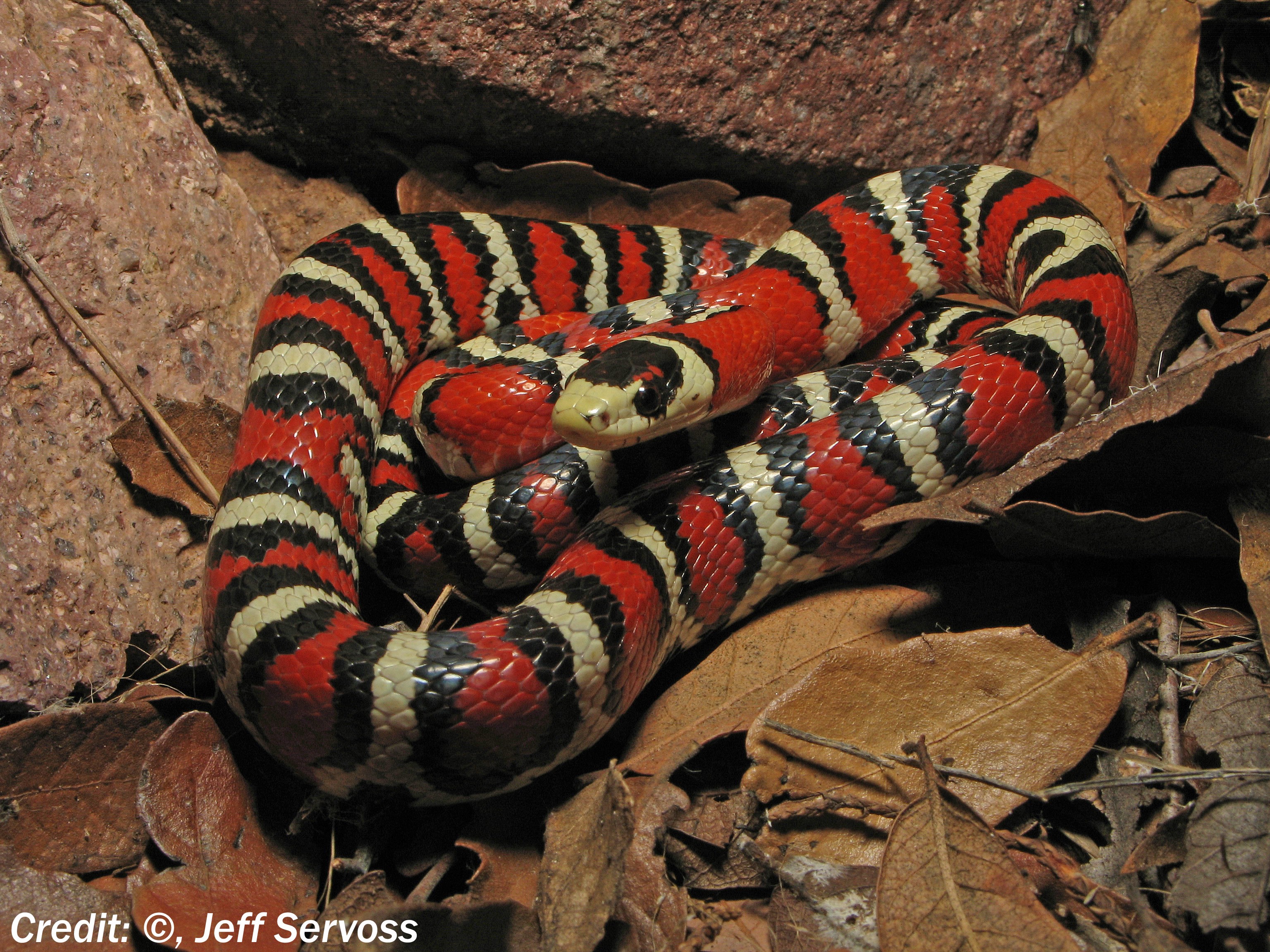 Arizona mountain kingsnake by Jeff Servoss/USFWS
Arizona mountain kingsnake by Jeff Servoss/USFWS
The nonvenomous Arizona mountain kingsnake is the definition of ?looks can be deceiving.? They?ve adapted to have a similar coloration to the venomous coral snake, but if you look closely, the two species? color patterns are ordered differently.
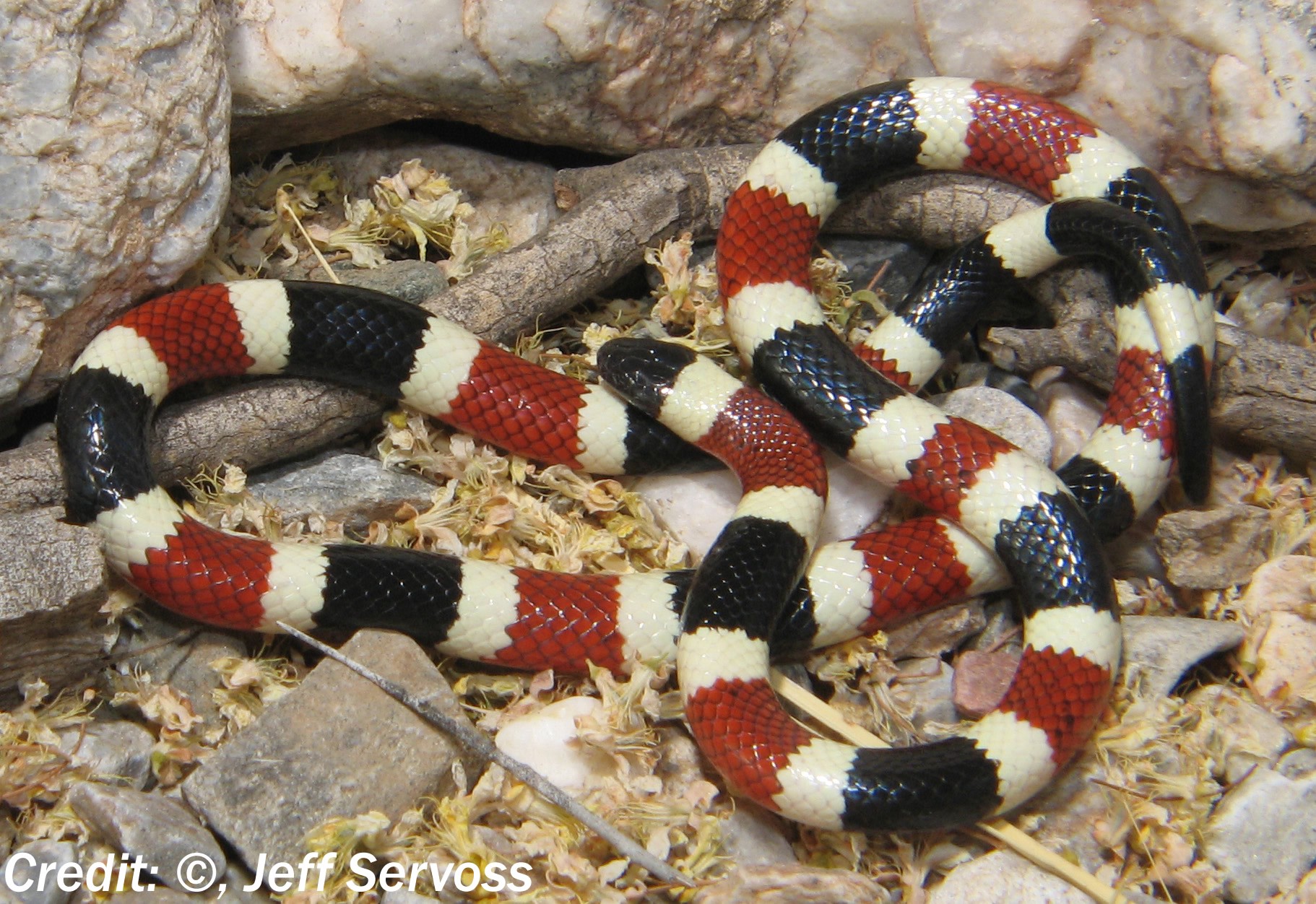 Arizona coral snake by Jeff Servoss/USFWS
Arizona coral snake by Jeff Servoss/USFWS
With the venomous Arizona coral snake, notice their stripe colors go in order from black to yellow to red. As refuge manager Rob Vinson from Pahranaghat National Wildlife Refuge would say, ?Red touches yellow, it kills a fellowred touches black ? venom lack.?
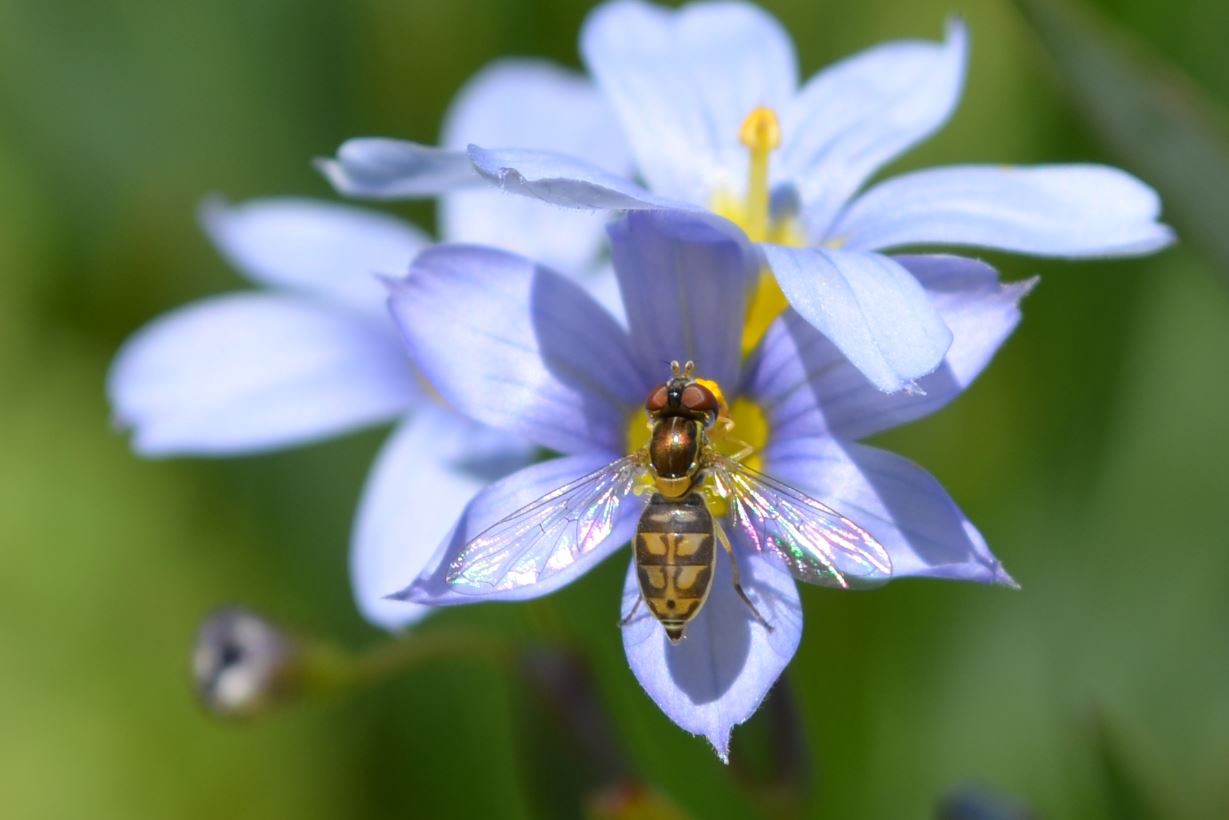 Bee fly by J. Snapp-Cook/USFWS
Bee fly by J. Snapp-Cook/USFWS
Another example, this bee fly resembles bees and wasps and even displays aggressive behavior. However, unlike their counterparts, they lack a stinger and have only two wings instead of four.
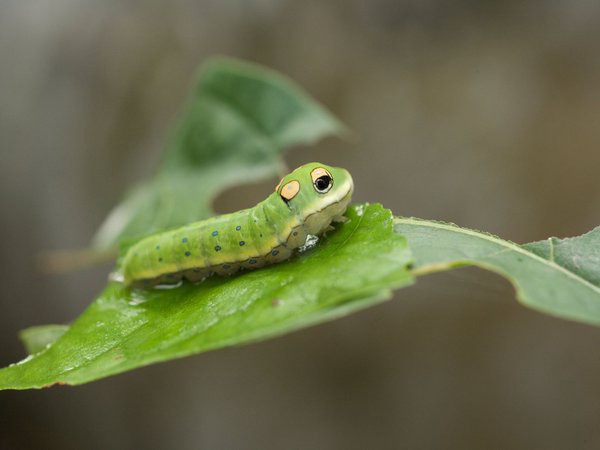
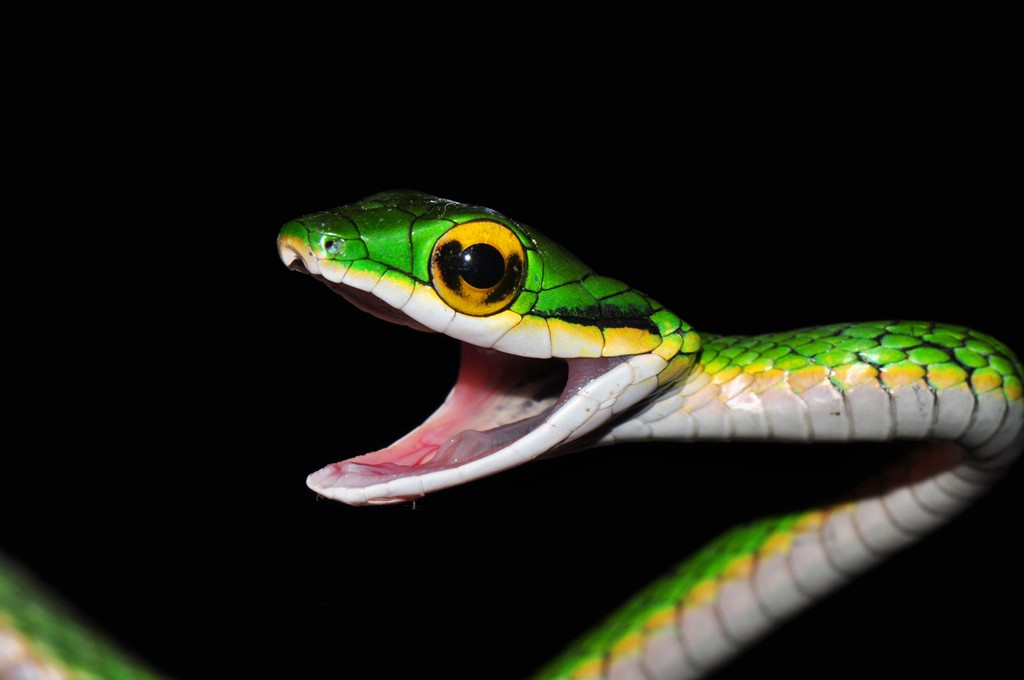 Left: Spicebush caterpillar / USFWS || Right: Green parrot snake by Jonathon Kolby
Left: Spicebush caterpillar / USFWS || Right: Green parrot snake by Jonathon Kolby
The spicebush swallowtail caterpillar has false eyespots resembling a venomous green parrot snake! Ooh so scaryyy! You can barely tell the difference.
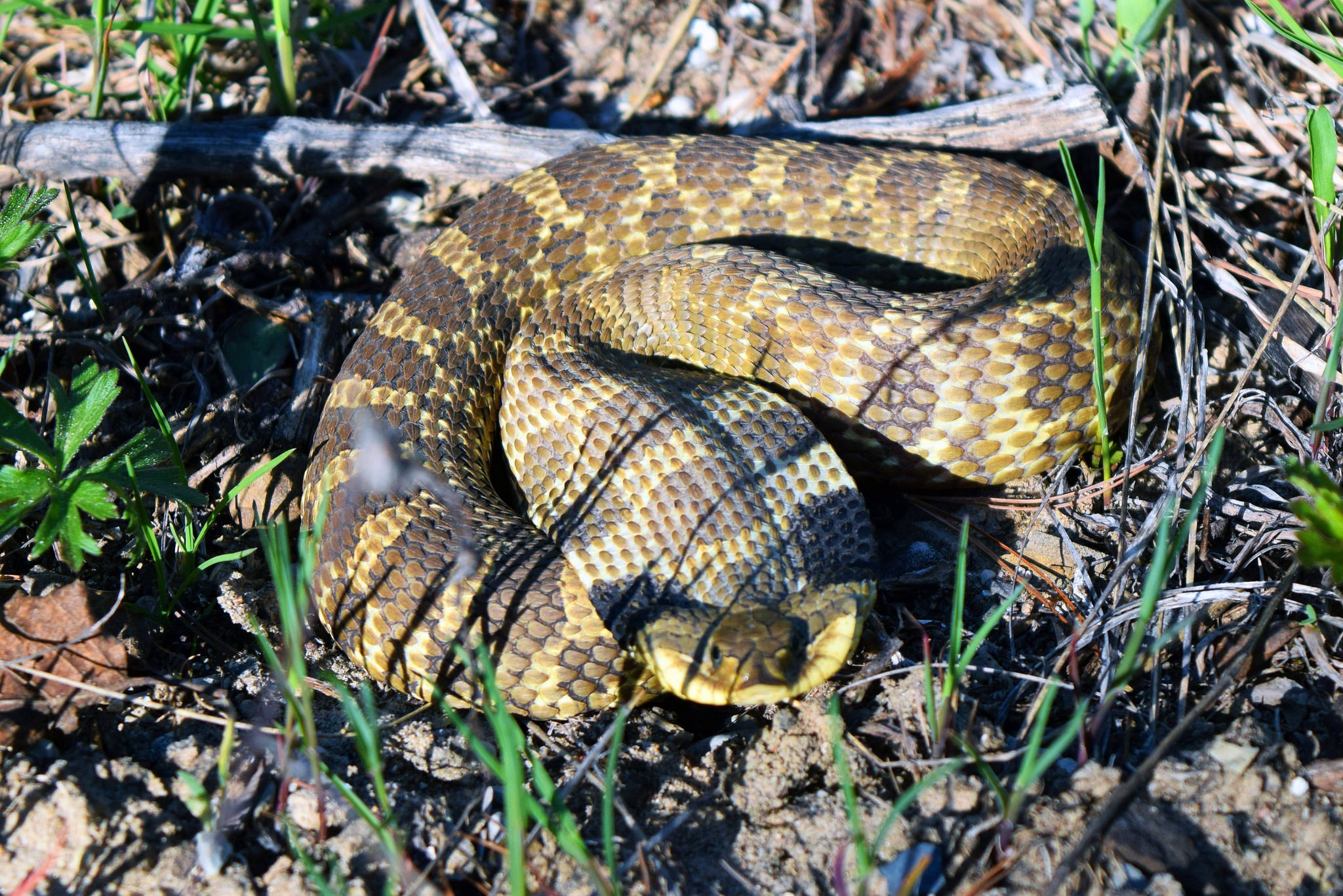
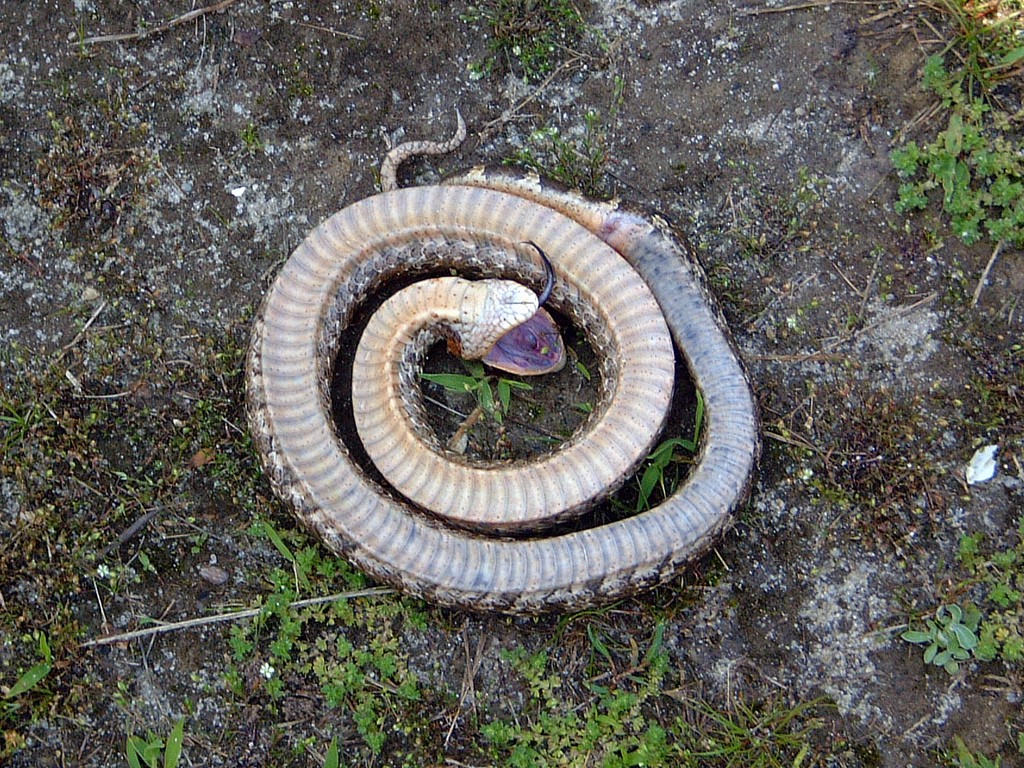 Left: Hognose snake looking a bit like a cobra by Jessica Piispanen/USFWS || Right: Hognose snake playing dead by USFWS
Left: Hognose snake looking a bit like a cobra by Jessica Piispanen/USFWS || Right: Hognose snake playing dead by USFWS
While it hisses and flattens its neck just like a cobra when threatened, the hognose snake is completely harmless. When all else fails to deter the threat, it will go as far as playing dead like an opossum!
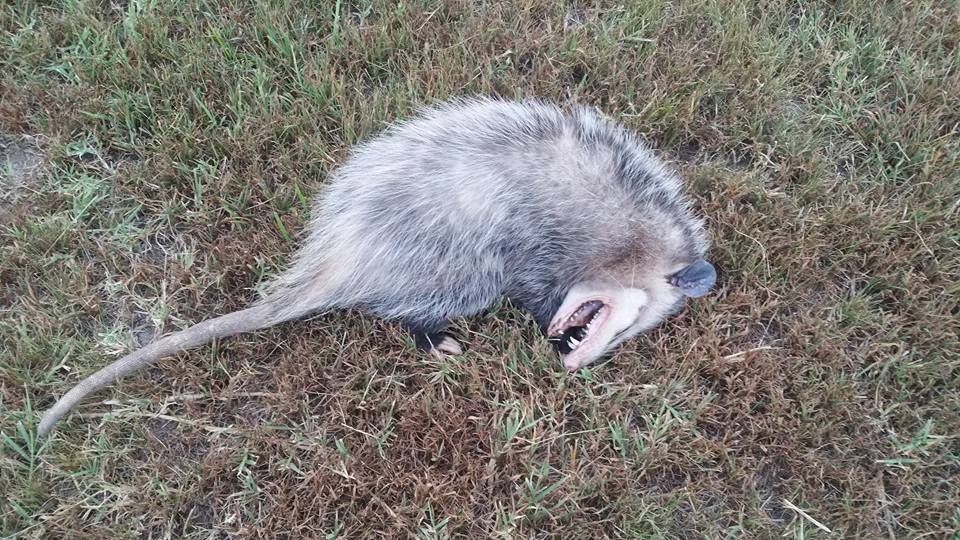 Opossum playing dead by Tamala Owens
Opossum playing dead by Tamala Owens
Aggressive Mimicry
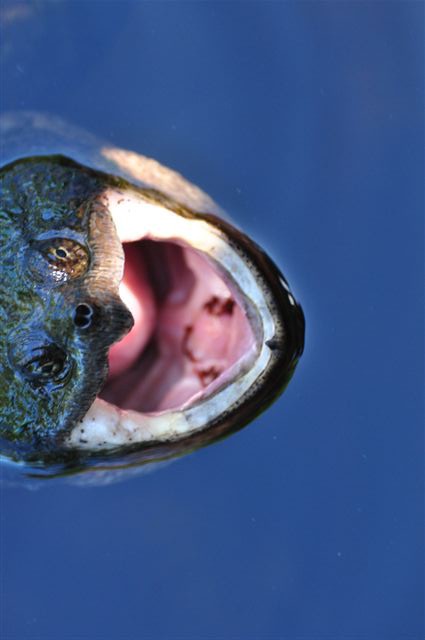 Photo by Tom Tetzner/USFWS
Photo by Tom Tetzner/USFWS
Aggressive mimicry is a type of prank in which predators employ a visual lure to mimic a food source sought by their prey. By doing that they hoodwink their quarry right into their trap.
For example, the alligator snapping turtle is a very large turtle, but it?s a very well camouflaged predator. Its body looks like a harmless mottled rock or silty lake bottom, but when it opens its mouth, it shows a tongue with a fleshy pink extension wriggling like a worm! When fish go to eat the ?worm? the turtle?s jaws snap down to eat the fish instead.
Another good example of aggressive lure mimicry is the silver argiope spider. This spider found in south Texas spin complex patterns, such as zig-zags, in the middle of their webs.
 Argiope argentata/ Public Domain
Argiope argentata/ Public Domain
The patterns reflect ultraviolet light, mimicking patterns that many flowers have, called nectar guides. Bees follow the ultraviolet guides in search of nectar, and then the silver argiope gets another meal. Bees have a good memory, and they can remember which patterns are in fact traps. To stay on the offensive, this spider changes its web pattern every day.
Wildlife are Expert Pranksters
The point of all this? It?s a good reminder that wildlife are champion pranksters and between crypsis and mimicry, they prank for survival!
Authors: Rebecca Fabbri, Danielle Brigida, Al Barrus, and Abra Zobel National Digital Strategist Team, U.S. Fish and Wildlife Service
